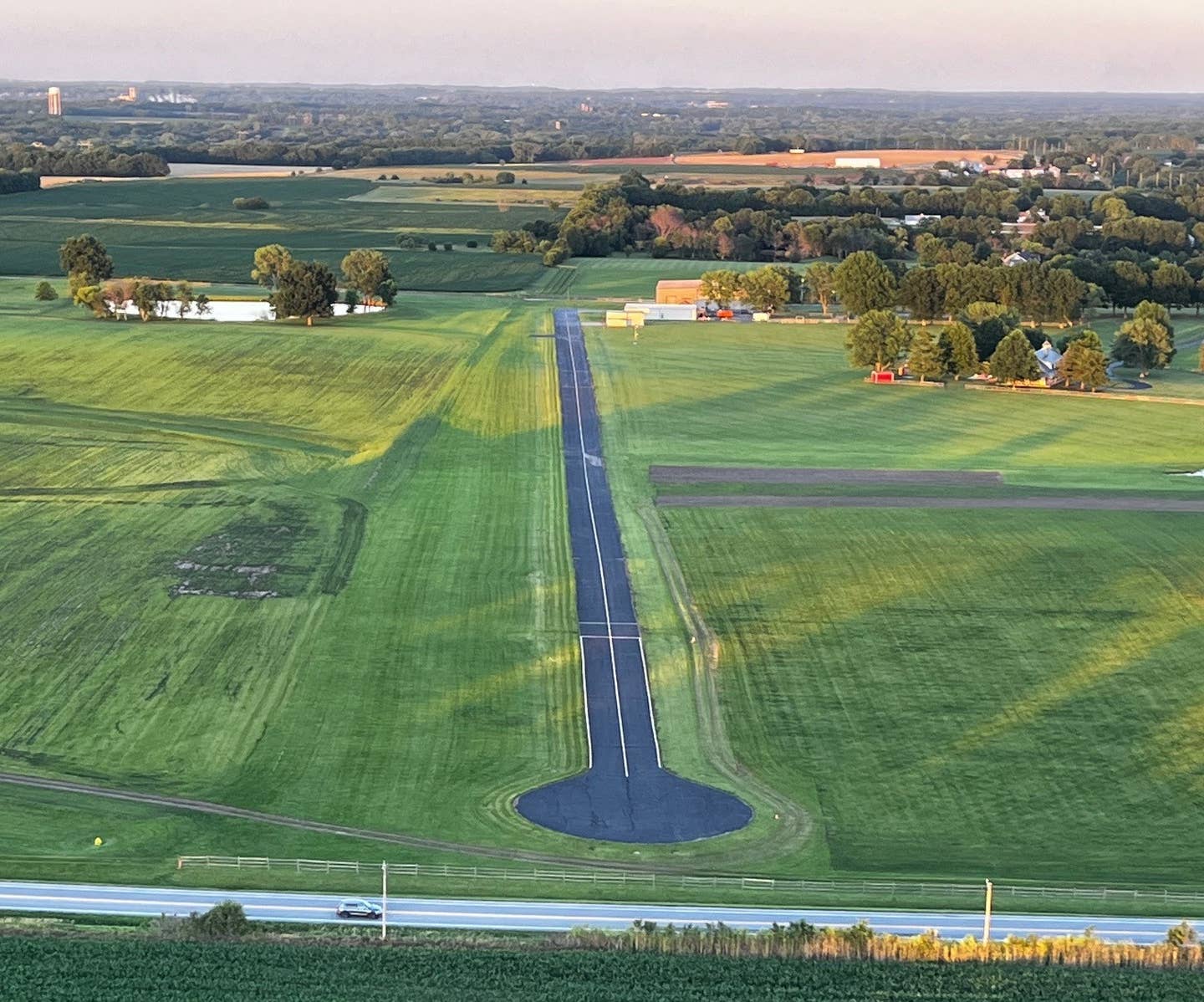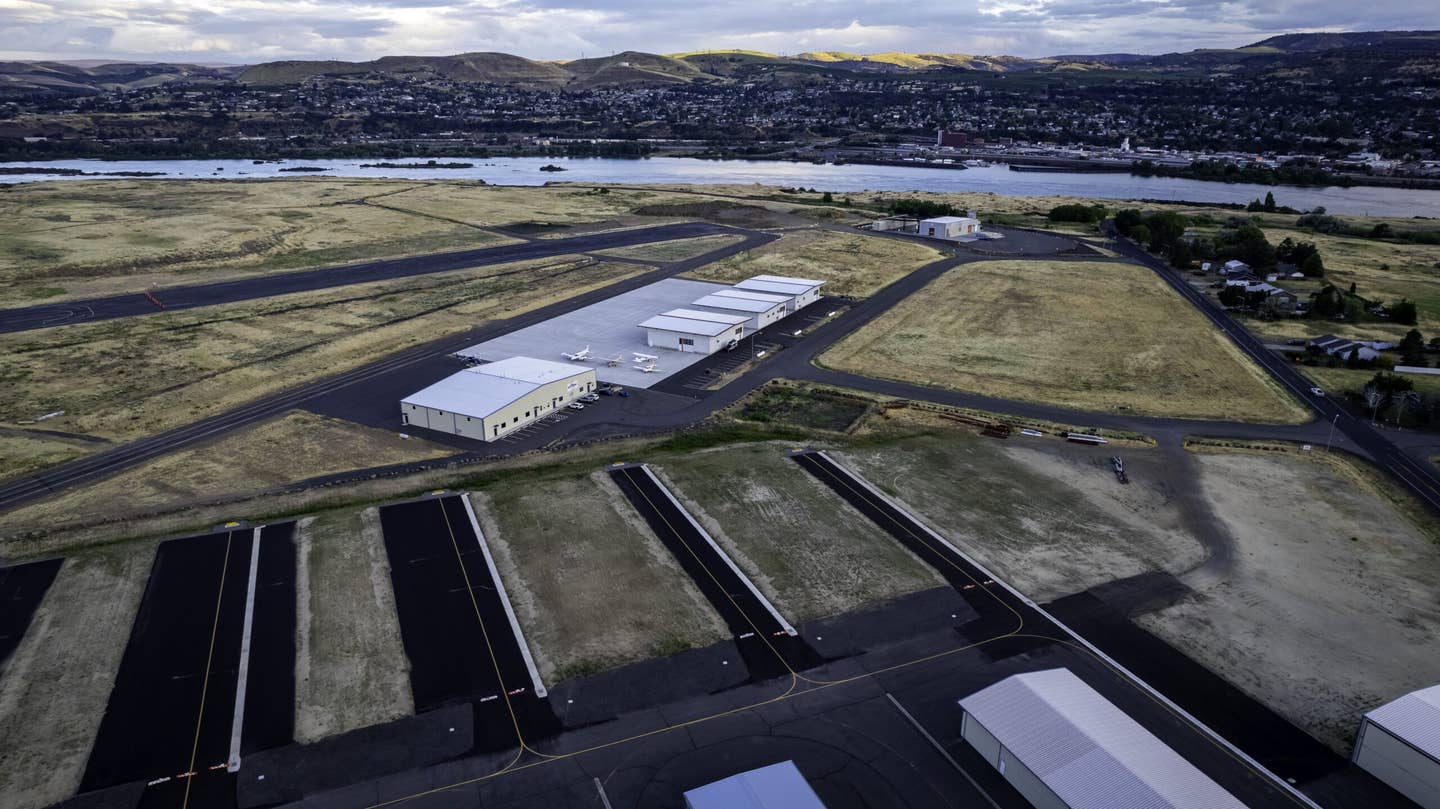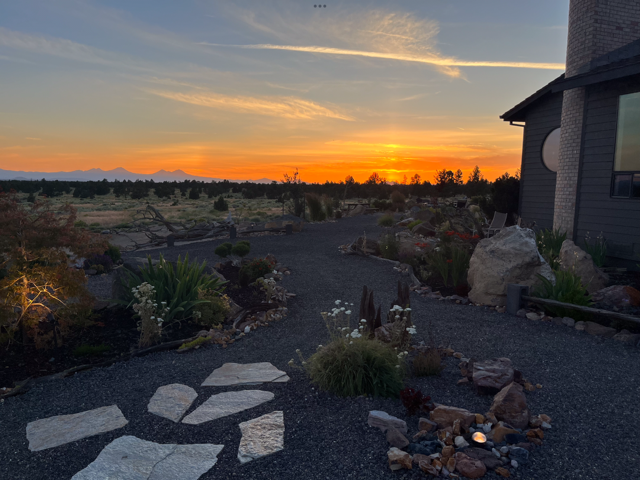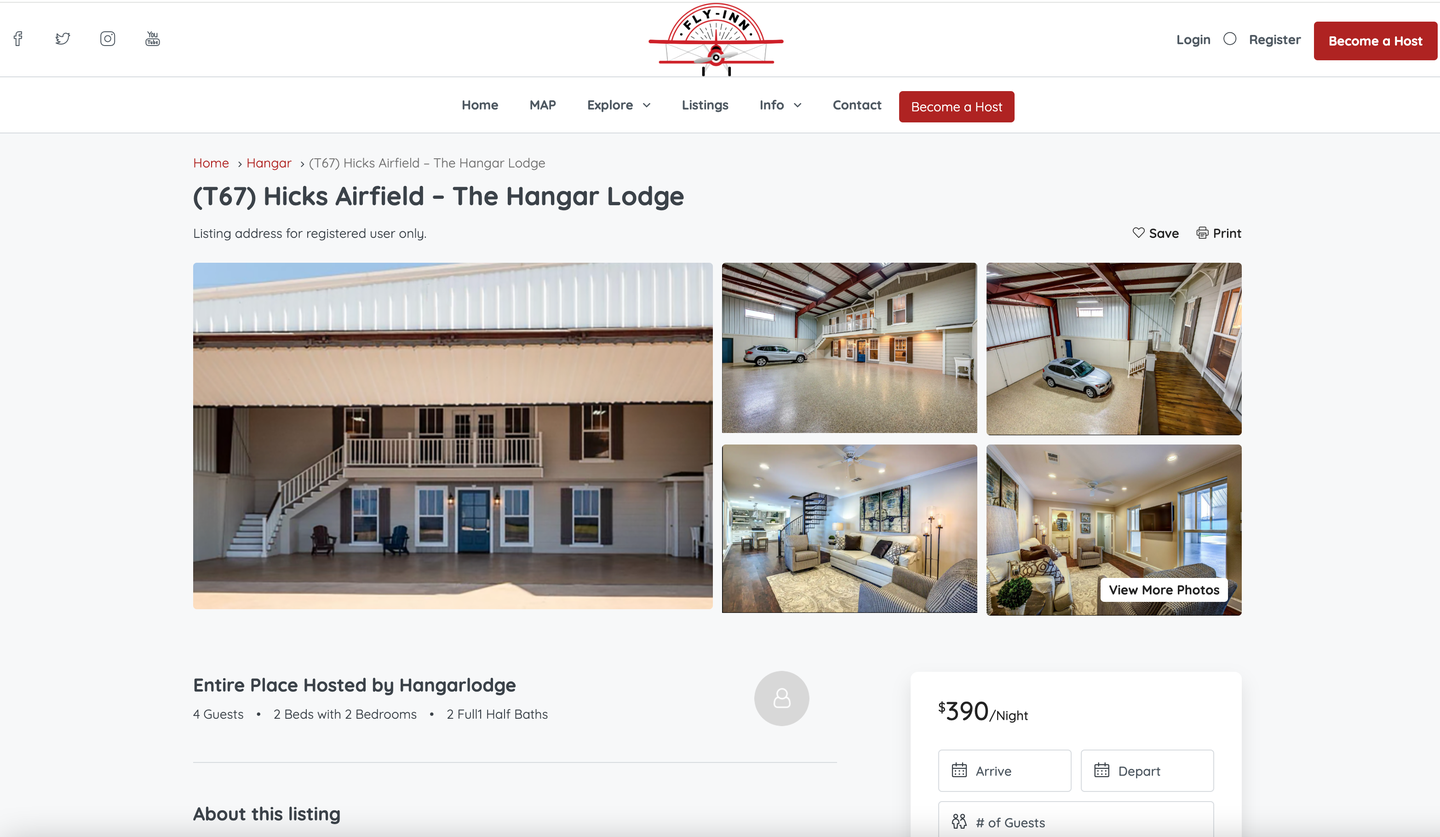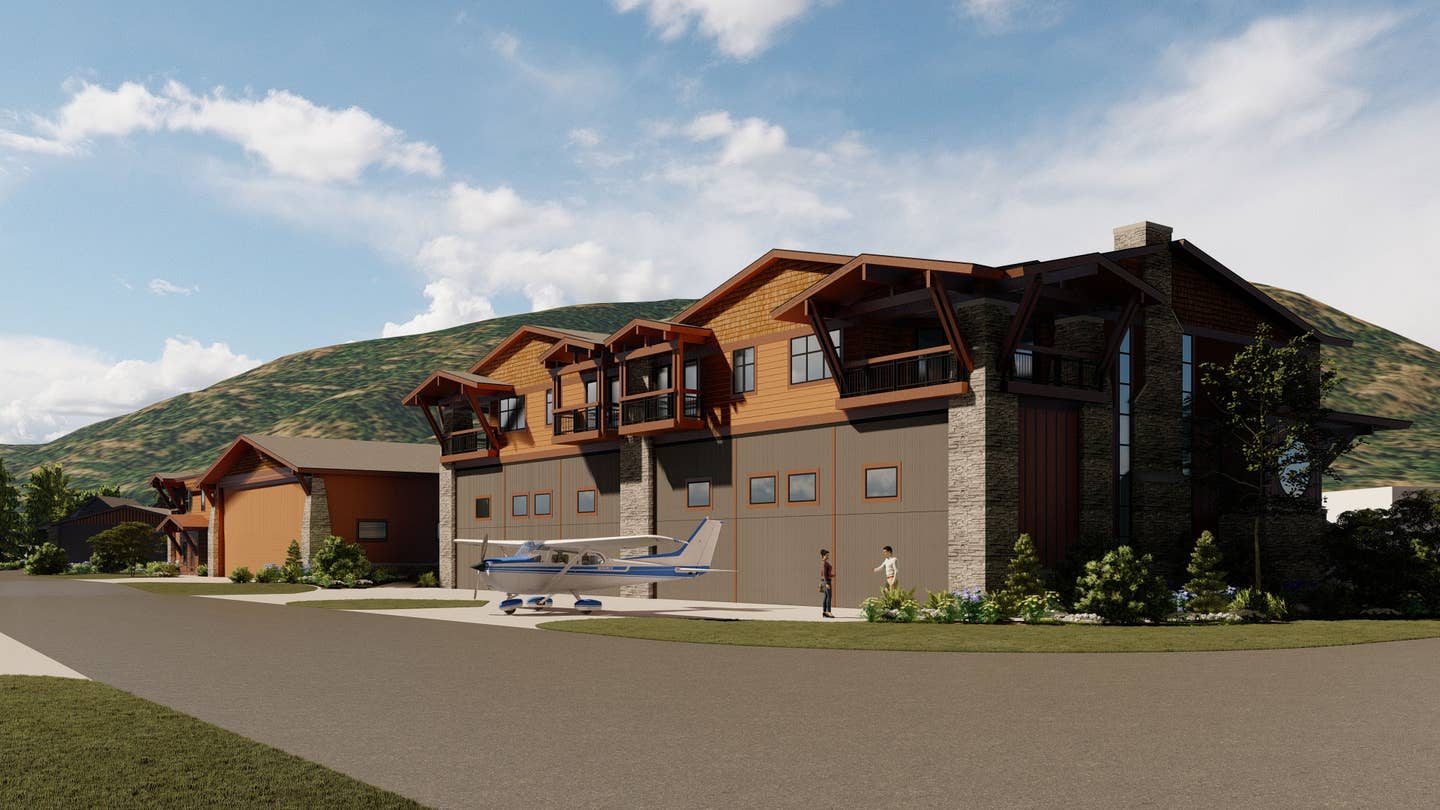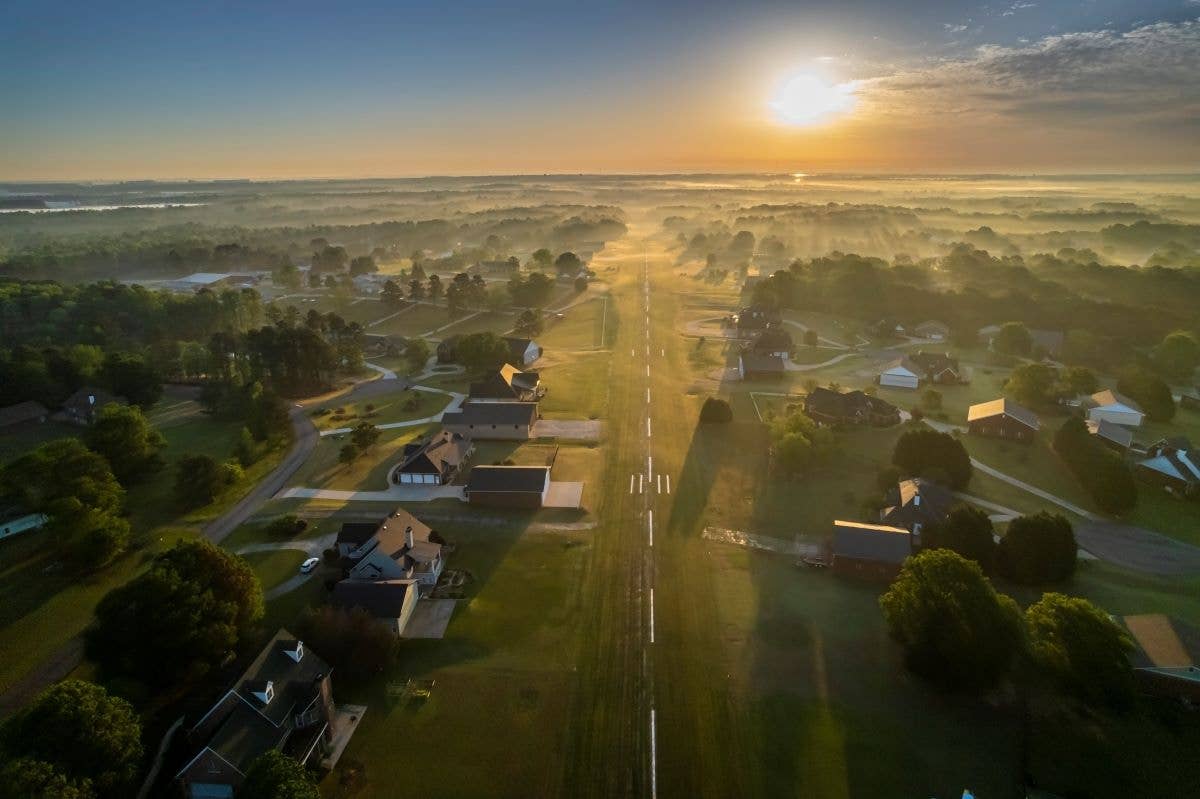Keller Brothers Airport Remains a Family Affair
Since 1946, three generations of the Keller family have owned and operated this airport in Lebanon, Pennsylvania.
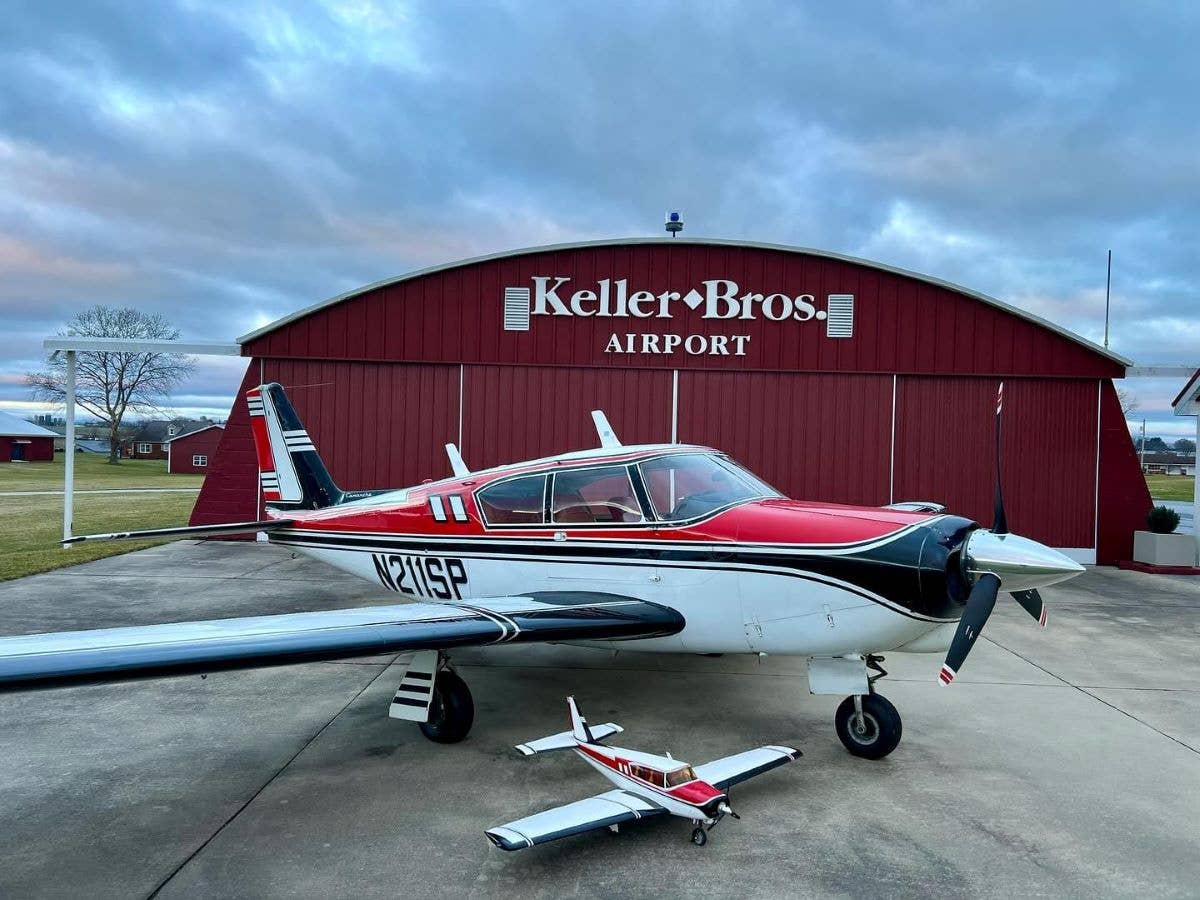
The Keller’s 1961 Piper PA-24-180 Comanche, which the family owned for many years before being sold and repurchased last year. [Courtesy: Keller Brothers Airport]
Keller Brothers Airport (08N) in Lebanon, Pennsylvania, is a family-owned and operated airfield. Dan and Caleb Keller, a father-and-son duo, sat down with FLYING to provide an overview of the multigenerational endeavor.
“My father, Norman [Keller], built the airport with his brother in 1946,” Dan Keller said. “They both had a love for aviation and were born into a family of [Church of] the Brethren. My dad knew that his parents wouldn’t let him fly because it was too worldly. When he was in high school, he would sneak out and take flying lessons at a local airport.
“So, he was doing this for months. Then one day my grandpa went to pick him up from school to help on the farm and was told that his son was taking flying lessons. My dad was then told that he could not fly. But a couple of weeks after that, seeing how sad he had become, [my grandpa] went to the airport with him and watched planes. Then my grandparents let my dad learn to fly.”
Shortly after accepting their son’s dreams of becoming a pilot, the family purchased some property— which was the perfect place to land an airplane. The original runway was originally 600 feet long. At the time, Norman Keller flew a Cub but upgraded to a 1961 Piper PA-24-180 Comanche, and the runway was expanded to 2,700 feet.
The airport has served as the base for Dan Keller’s many aerial adventures since he was 6 years old. Similarly, Caleb Keller’s early flying escapades are rooted at the nearly 80-year-old airfield. Both have fond memories there and are grateful to be able to enjoy their shared passion.
Keller Brothers Airport remains a point of pride for the family and is home to approximately 30 airplanes, as well as a nearly equal number of hangar spaces.
“We have a pretty long hangar waiting list but get caught between wanting to expand to accommodate more pilots and not wanting to lose the charm of being a smaller airport," Caleb said. "We have kept the operation entirely privately funded and have done everything on our own. We have looked into that [accepting public funds], and after evaluating, we have just decided to do it with our own funds and the way we wanted to do it,”
The family is diligent about upkeep and improving the airport, Caleb said.
“In 2005, we got two RNAV approaches put in, one for each runway—Runway 25 and Runway 7,” Caleb said. “Around the same time, we put in a self-serve fuel tank for 100LL. This was one of my high school projects. We also have pilot-controlled lighting. Just yesterday I did a nighttime instrument approach into Keller Brothers in the Bonanza just for fun. My dad and I had no reason to get in the air. We just wanted to get together and fly”
Not only has attention been given to the runway surface, but thought has also been put into the airspace surrounding it as well. The duo noted there is an aerobatic box that is between 1,500 and 4,000 feet msl.
“Every year we roll the runway to keep it nice and smooth and to make sure it continues to drain well," Dan said. "My dad was very particular in building things and definitely was when he made the runway. We get a lot of calls from people asking whether it's too wet to land here, and there are not many days where it is. We don’t have any big wet spots or anything like that."
Even during a hard rain, pilots are able to land and taxi into the hangar without encountering any soft spots, Dan said.
“So, that’s a big thing, and a lot of instructors come here for soft field and turf training because it’s a very smooth runway," Dan said. "In fact, we once received a compliment from someone who said that it’s just like landing on a 2,700-foot-long pool table because it’s so smooth.”
The family happily hosts other aviators at the airfield with the long-standing tradition of weekend fly-ins. While hosted at irregular intervals, the fly-ins are popular with aviators of all types, with many of them popping up tents under their wings. While nothing is set in stone, the duo hinted that one could be held this fall.
Caleb Keller’s career has also taken off at the airport, where his tailwheel and aerobatic training school, Appalachian Aviators, is located. He hopes that his continued involvement with flight training and maintaining the airport will have a positive impact on his children, the airport’s fourth generation.
In addition to the on-field structures, another asset commemorates the airport’s storied history and the Kellers’ passion for aviation.
“The same Comanche that…my dad soloed in, and my grandpa bought brand new, is back at the airport," Caleb said. We had sold the plane a while back, and it was out in Las Vegas, where it had been sitting for six years. But last spring, we were able to get it back, and we had a little bit of an adventure ferry flight getting that back to here. Our first leg was from North Las Vegas Airport (KVGT) to Amboy, California. Then from there, we brought her home over the Grand Canyon and the Rockies. We had a blast and are happy to have the airplane back in the hangar that was built for it."

Subscribe to Our Newsletter
Get the latest FLYING stories delivered directly to your inbox

